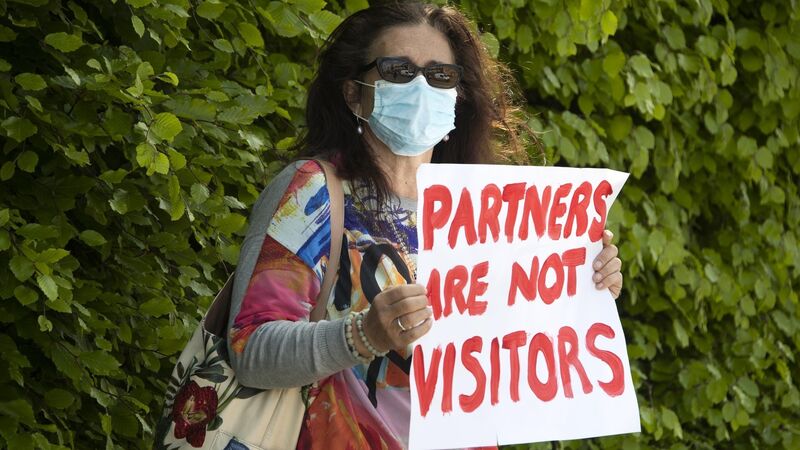Outrage over maternity restrictions must deliver lasting reforms

Krysia Lynch, chair of maternity advocacy group AIMS Ireland, said there is growing engagement online. File picture:Colin Keegan, Collins Dublin
Campaigners are hoping the outrage so widely expressed over maternity restrictions for partners might now translate to more fundamental reforms and supports for the National Maternity Strategy.
There was little doubt last March that visiting restrictions were a reaction to the risks and strangeness of the virus.










